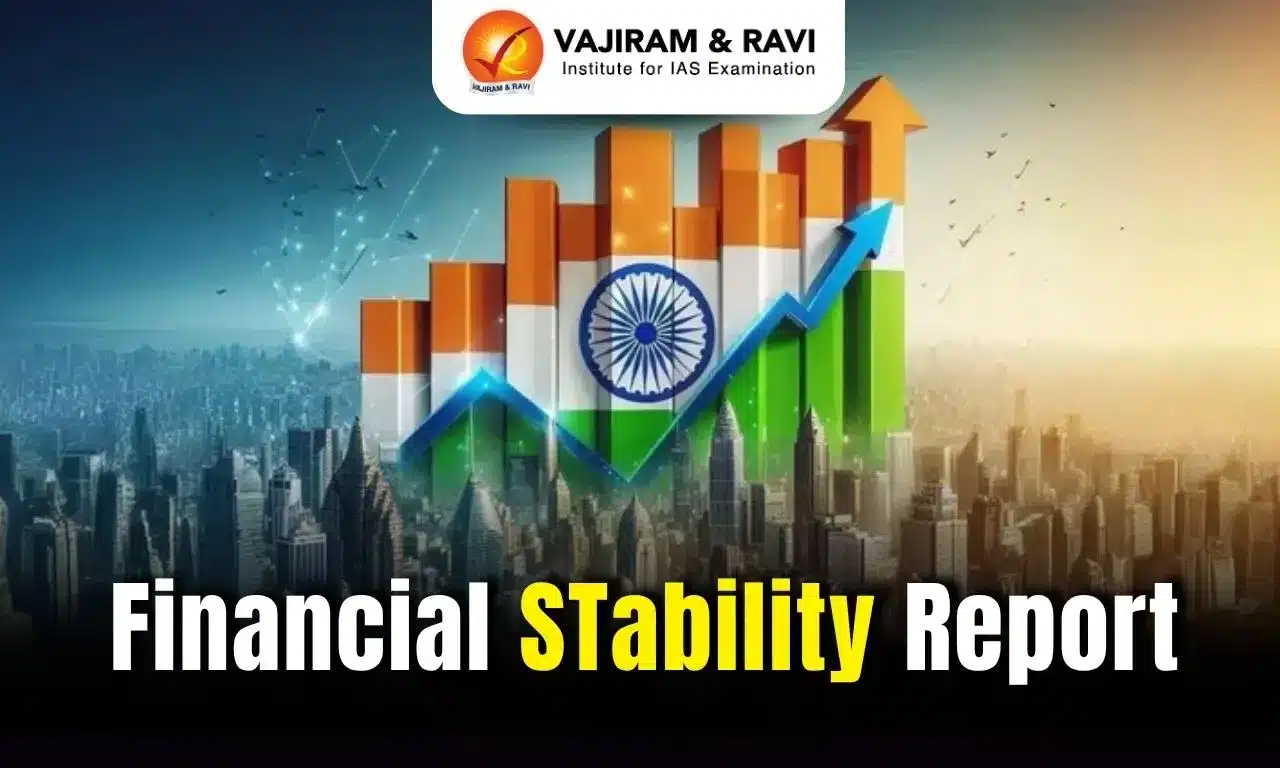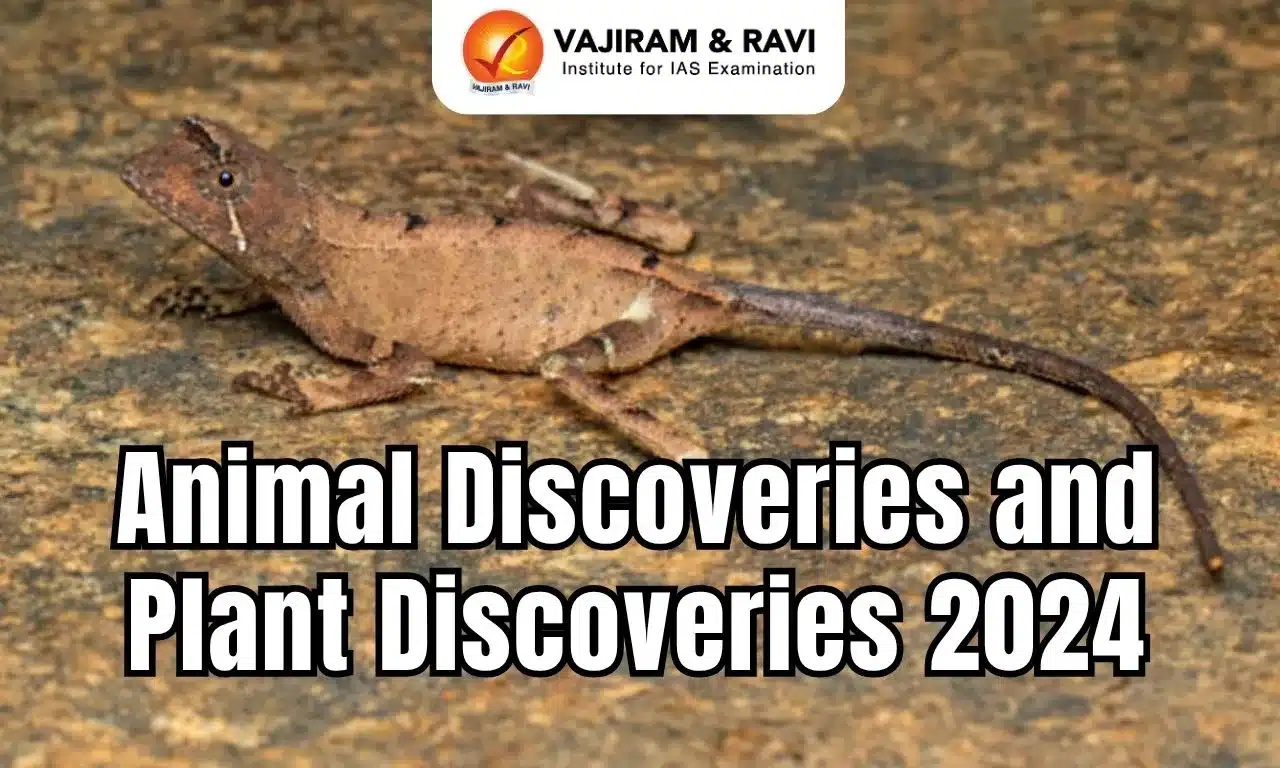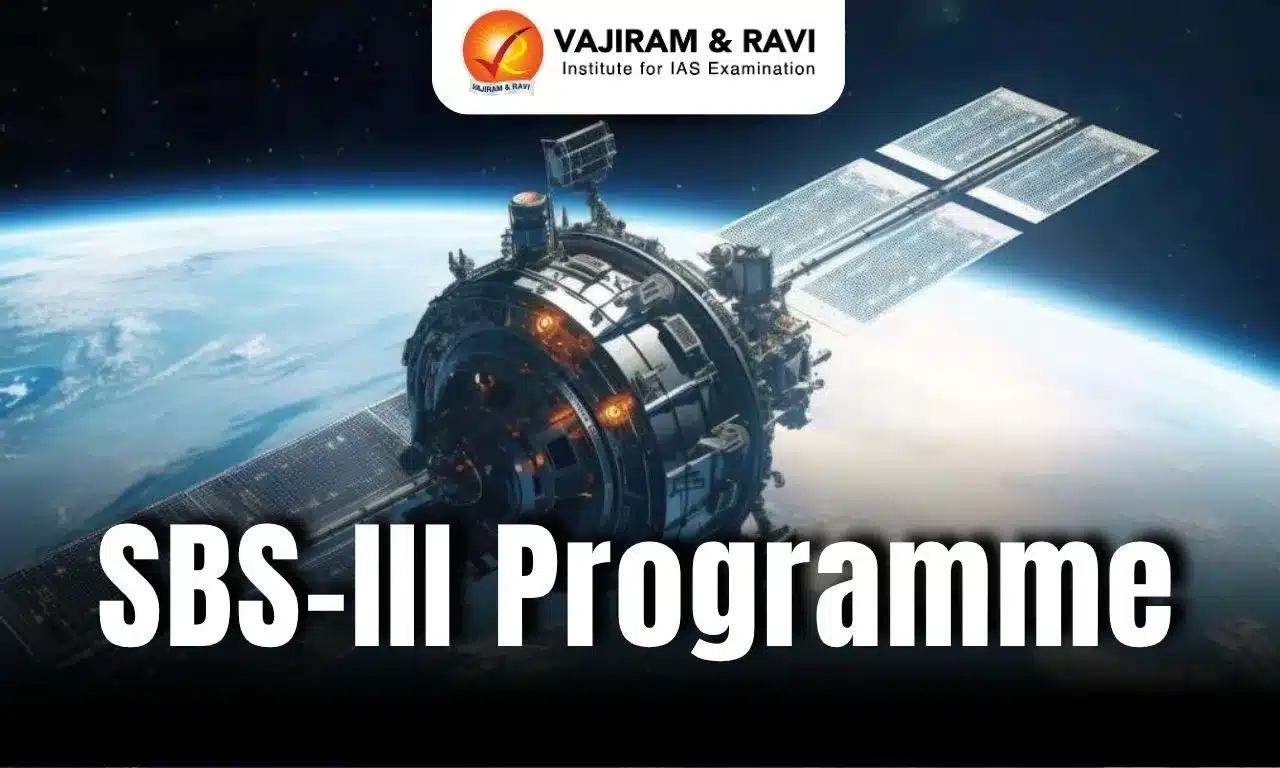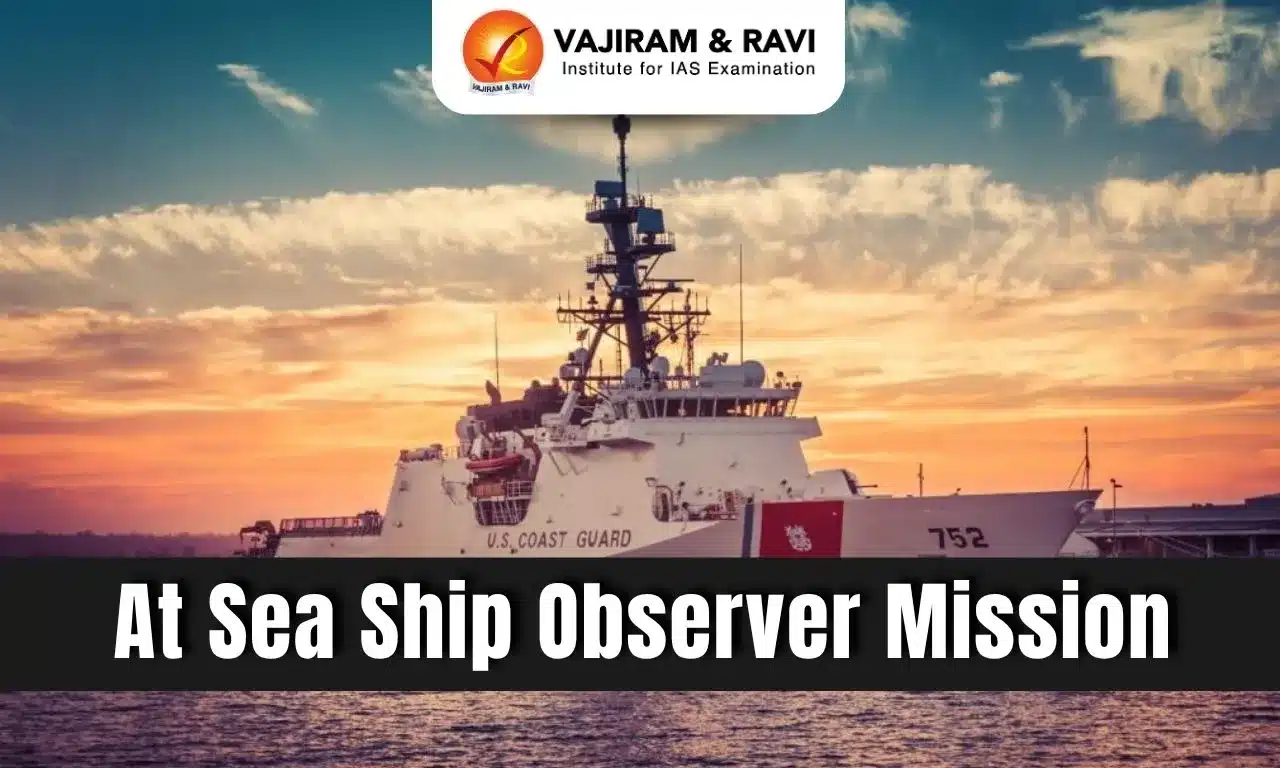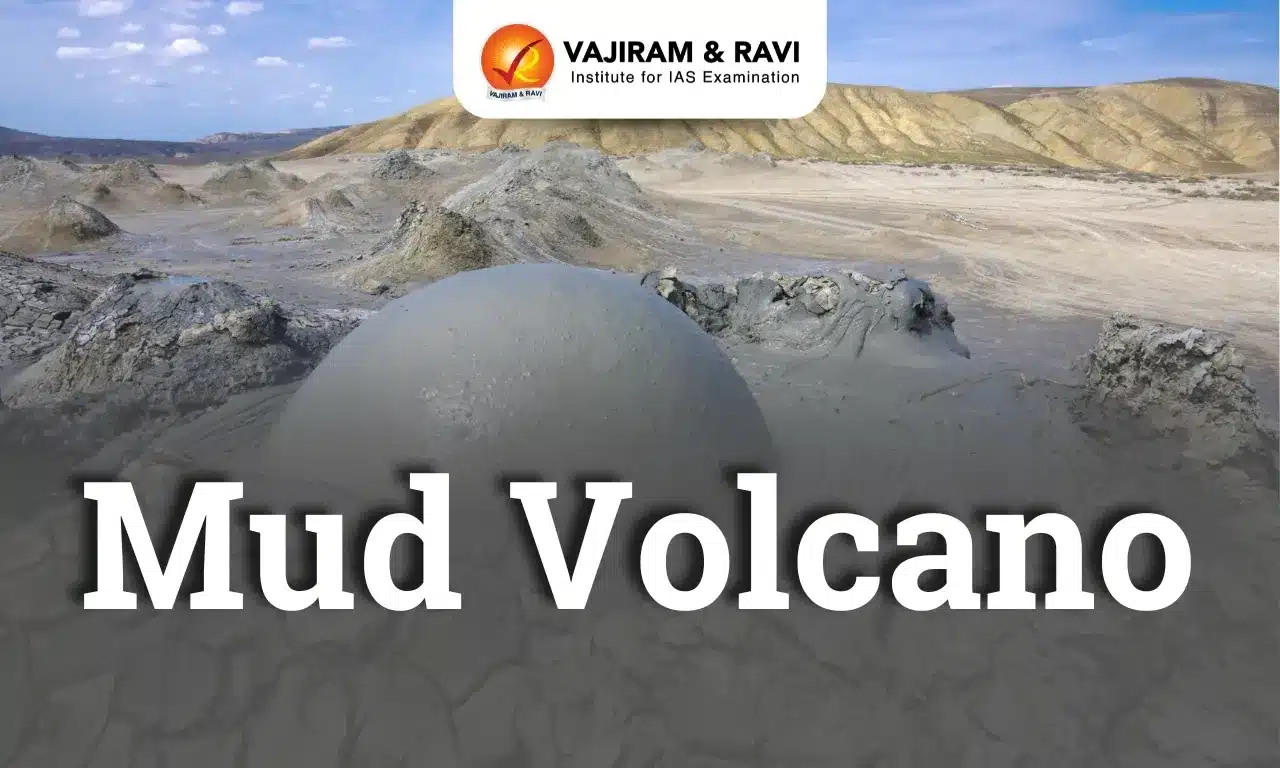Financial Stability Report Latest News
The Reserve Bank of India (RBI) recently released the Financial Stability Report for June 2025.
About Financial Stability Report
- It is a biannual report released by the Reserve Bank of India (RBI).
- It reflects the collective assessment of the Sub-Committee of the Financial Stability and Development Council (FSDC) on the resilience of the Indian financial system and risks to financial stability.
Highlights of Financial Stability Report for June 2025
- The Indian economy remains a key driver of global growth on the back of sound macroeconomic fundamentals and prudent policies.
- The headwinds from protracted geopolitical tensions, elevated uncertainty and trade disruptions, and weather-related uncertainty pose downside risks to growth.
- The non-performing loans ratio is currently at a multi-decadal low, and the economy and financial system are relatively well positioned to bear the tariff-induced shocks.
- The report said that the gross non-performing asset (GNPA), which is currently as of March 2025 at 2.3% levels, in the baseline scenario, could increase to 2.5% level.
- GNPAs for 46 banks accounting for 98 percent of the total assets of scheduled commercial banks (SCBs), may rise to 2.6 percent by March 2027.
- Capital adequacy across the banking sector remains well above regulatory thresholds, giving banks sufficient buffers to withstand adverse scenarios.
- Even under severe stress test conditions, the capital adequacy ratios of banks would stay comfortably above minimum requirements, a strong signal of the sector’s preparedness to absorb economic shocks.
- India's growth is largely dependent on domestic demand, and the outlook for food inflation remains favorable as the prices have started to soften and the crop production is at a record level.
- On the domestic front, the financial system remains stable, with healthy balance sheets of both banks and non-banking financial institutions.
- NBFCs remain healthy with good capital buffers, robust earnings, and improving asset quality.
Source: LIVEM
Financial Stability Report FAQs
Q1: Who releases the Financial Stability Report (FSR)?
Ans: It is a biannual report released by the Reserve Bank of India (RBI).
Q2: According to FSR June 2025, the current Gross Non-Performing Asset (GNPA) ratio as of March 2025 stands at:
Ans: 2.3%
Q3: What is the status of capital adequacy across the Indian banking sector, as per the recent Financial Stability Report?
Ans: Well above regulatory thresholds.
Q4: According to the recent Financial Stability Report, what trend is observed in food inflation?
Ans: Softening with record crop production.
Q5: What does the recent Financial Stability Report say about the health of NBFCs?
Ans: Stable with improving asset quality and strong capital buffers

